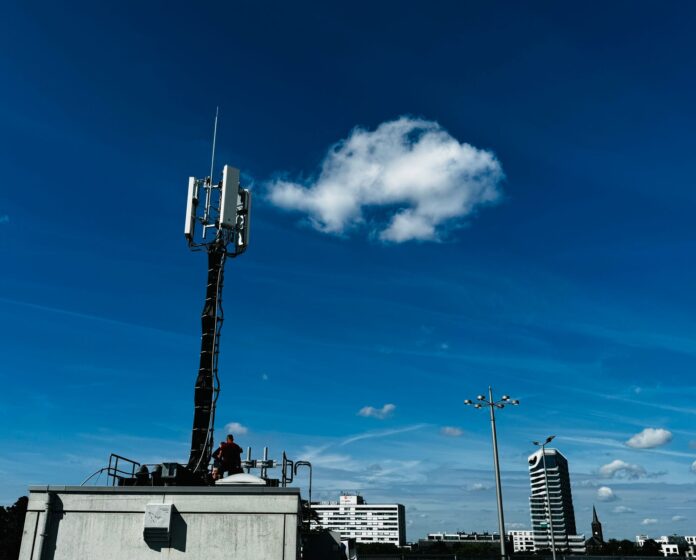
By Juan Pedro Tomás July 11, 2024
Collected at: https://www.rcrwireless.com/20240711/5g/vodafone-germany-starts-using-ericsson-compact-5g-antennas
Vodafone Germany noted that the first compact antenna is on a parking garage in Düsseldorf
German operator Vodafone Germany has started to deploy compact base stations developed by Swedish vendor Ericsson to boost 5G coverage in the country.
In a release, Vodafone Germany noted that the first compact antenna is on a parking garage in Düsseldorf. The telco said it aims to deploy up to 500 compact antennas to boost 5G coverage across Germany by the end of 2025.
Marc Hoelzer, head of network development at Vodafone, said: “Strong winds put pressure on the antenna surfaces mounted on roofs. The more mobile phone antennas there are up there, the higher the wind load. This also increases the requirements for wind resistance and statics, so that not every existing roof location can be upgraded with active 5G antennas. The search for new mobile phone locations on roofs is a major challenge for network expansion in Germany.”
Vodafone noted that a mobile phone station can supply a radius of up to one kilometer with 5G, adding that these active 5G antennas are usually mounted above the existing LTE antennas. However, scarcity of space at rooftop locations is making the expansion with 5G impossible in some places, the telco said.
The new 5G compact antennas developed by Ericsson are installed directly behind the existing LTE technology—without the space requirements on the roof being massively changed. The 5G radio signal from the additional, active antenna is allowed through, Vodafone explained.
“For more 5G in inner cities, we therefore need less space on the mast and on the roofs. Innovations like these can further accelerate the 5G expansion in Germany and help us to cope with the annual increase in data traffic of more than 30%,” Hoelzer said.
Daniel Leimbach, head of Ericsson Western Europe, said: “The use of a compact active-passive antenna will improve the mobile broadband experience in cities in the future. Ericsson’s ‘Interleaved AIR 3218’ will massively simplify site upgrades and accelerate 5G deployment in areas that were previously restricted by building regulations, planning law or for static reasons.”
Vodafone Germany recently said it has completed over 1,400 construction projects in the LTE and 5G networks during the second quarter of the year.
Vodafone said it has put more than 500 new construction sites into operation and installed additional antennas for LTE, 5G and 5G Standalone (5G SA) at almost 900 other locations to expand broadband capacities.
The telco noted that around half of the population in Germany is already connected to Vodafone’s 5G SA network via 5,500 5G SA locations, of which more than 4,000 stations are now equipped with antennas in the 3.5 GHz frequency range.
Vodafone Germany had launched its 5G SA network in 2022 in partnership with Ericsson, Nokia, Qualcomm and Oppo. For the 5G expansion, Vodafone is currently relying on frequencies in the 3.6 GHz, 1.8 GHz and 700 MHz bands in large urban areas, residential areas and suburbs and rural areas across Germany.
Vodafone initially launched its 5G network in Germany in 2019, using 3.5 GHz frequencies that it acquired from Telefónica in 2018.

Leave a Reply